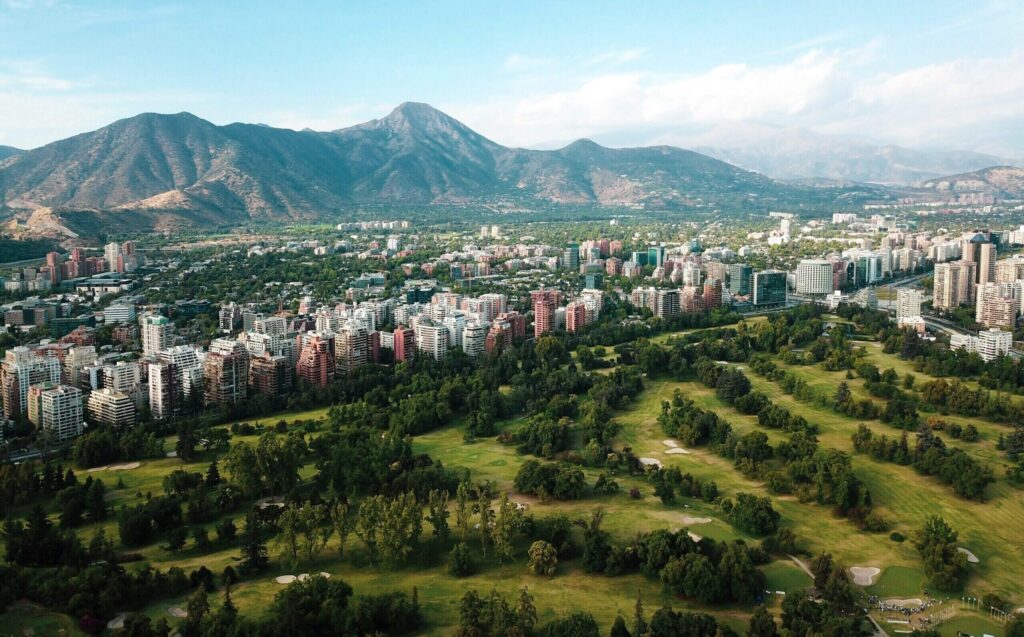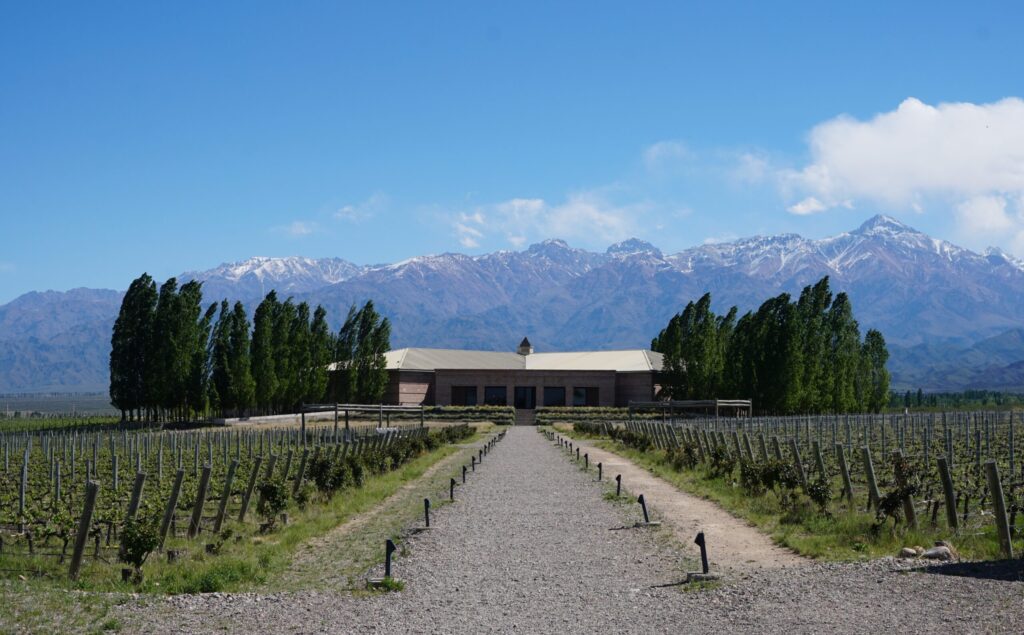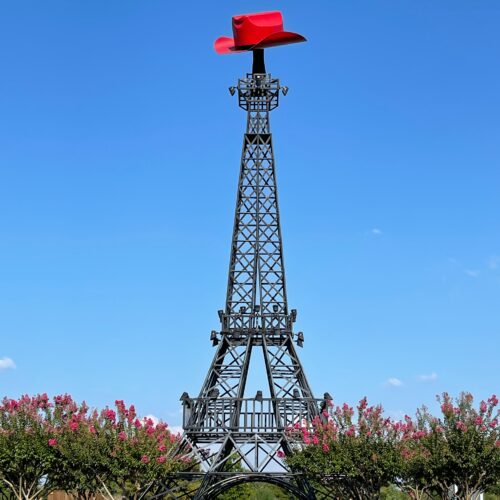 Embark on a Journey of Beauty and Security – Explore the Charm of These Top South America Destinations
Embark on a Journey of Beauty and Security – Explore the Charm of These Top South America Destinations
Discover the allure of South America travel destinations, where a tapestry of captivating destinations beckons travelers seeking beauty and safety. From Cartagena’s historic streets to Mendoza’s majestic landscapes, this diverse continent offers an array of incredible experiences.
While every journey comes with its considerations, these eight destinations have earned a reputation for being awe-inspiring and relatively safe for visitors.
South America offers a diverse range of stunning destinations that are beautiful and relatively safe for travelers. Remember that safety can vary, and it’s important to exercise common sense and stay informed about local conditions wherever you go.
Here are eight amazing and relatively safe destinations for South America travel:
- Cartagena, Colombia: This historical city boasts charming colonial architecture, vibrant street art, and beautiful beaches. While Colombia has significantly improved its safety situation, Cartagena has become a popular tourist destination known for its friendly atmosphere and well-preserved history.

- Santiago, Chile: Chile is often praised for its political stability and safety. Santiago, the capital, offers a mix of modernity and tradition. With its scenic mountain backdrop, excellent public transportation, and well-developed infrastructure, Santiago is a great base for exploring urban and natural attractions.

- Cusco, Peru: Cusco is the gateway to the iconic Machu Picchu. The city’s historic charm and Incan heritage draw tourists worldwide. While petty theft can be an issue in some crowded areas, Cusco is generally considered safe for visitors, especially when exercising standard precautions.

- Mendoza, Argentina: Mendoza is renowned for its wine production and picturesque vineyards. The city is known for its relaxed atmosphere and is a great starting point for exploring the Andes mountains, making it a safe and appealing destination.

- Punta del Este, Uruguay: Punta del Este is a luxurious beach resort town known for its stunning beaches, upscale accommodations, and vibrant nightlife. Uruguay has a reputation for safety and political stability, making Punta del Este a popular destination for travelers seeking relaxation and entertainment.

- Quito, Ecuador: Quito is surrounded by breathtaking Andean landscapes and boasts a well-preserved historic center. While Ecuador has had its challenges, Quito is relatively safe, especially when staying in tourist areas and being cautious with personal belongings.

- La Paz, Bolivia: Bolivia’s high-altitude capital, La Paz, offers unique cultural experiences and incredible views of the surrounding mountains. While Bolivia may have some safety concerns, exercising caution and staying informed can help travelers have a safe and memorable visit to La Paz.

- Montevideo, Uruguay: Uruguay’s capital, Montevideo, is known for its laid-back atmosphere, beautiful coastline, and rich cultural scene. The country’s overall stability contributes to Montevideo’s reputation as a safe destination in South America.
Remember that safety can change over time, so it’s always wise to check travel advisories, stay informed about local conditions, and follow local advice to ensure a secure and enjoyable trip.
Did you know?
In recent years, Medellín, Colombia, has transformed from a once-notorious city into a thriving hub of innovation and culture. It’s not mentioned in the initial list, but Medellín’s remarkable turnaround is worth noting.
 The city has invested heavily in infrastructure, public spaces, and education, reducing crime rates and improving residents’ quality of life.
The city has invested heavily in infrastructure, public spaces, and education, reducing crime rates and improving residents’ quality of life.
Medellín is now known for its innovative transportation system, beautiful public parks, and vibrant arts scene, making it a hidden gem for travelers seeking a unique and safe experience in South America.
A little history:
South America’s history is a tapestry woven with diverse cultures and civilizations. The continent‘s story begins with the rich indigenous cultures, from the Inca Empire in the Andes to the Mayans in Mesoamerica.
 In the late 15th century, European exploration, led by Christopher Columbus, initiated a new chapter as Spanish and Portuguese colonial powers established their dominance, resulting in centuries of colonization and the exploitation of resources.
In the late 15th century, European exploration, led by Christopher Columbus, initiated a new chapter as Spanish and Portuguese colonial powers established their dominance, resulting in centuries of colonization and the exploitation of resources.
The 19th century marked a wave of independence movements, culminating in the liberating of many South American nations from colonial rule. The subsequent years saw political struggles, dictatorial regimes, and periods of instability, but also remarkable cultural and social contributions.
Today, South America is a vibrant mosaic shaped by its ancient roots, colonial legacies, and ongoing efforts to shape a modern and united identity.


